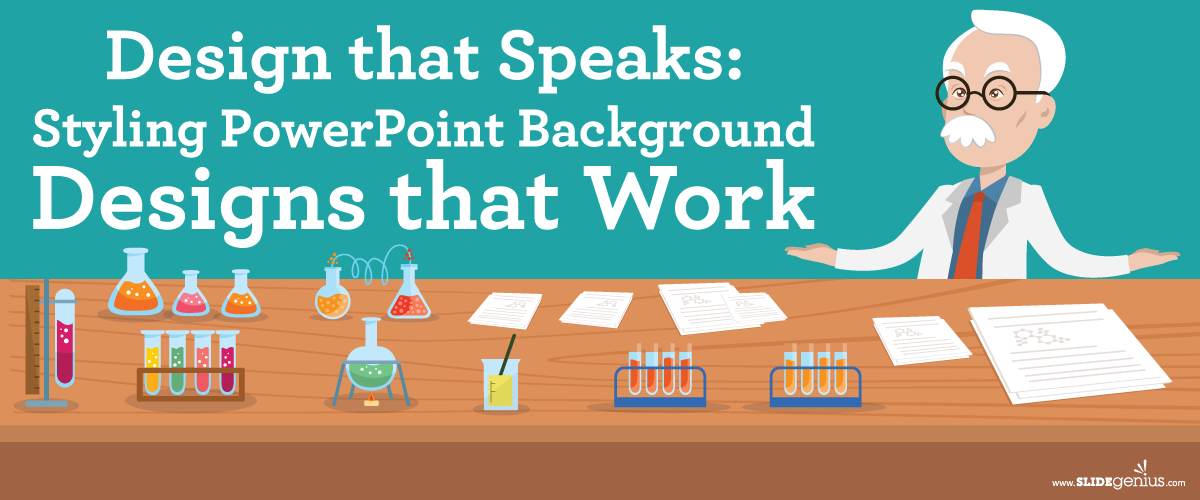
Designs add depth to content. They are useful for PowerPoint presentations, especially when words alone aren’t explicit enough.
Ideally, PowerPoint pitches should consist of a limited amount of words. Therefore, being expressive is a challenge. Usually, they only contain keywords but because designs impose tone or suggest interpretation, they become more comprehensible.
Studies suggest that elements of art have several different connotations to them. However, they are seldom obvious. It’s common to people that yellow is a happy color or that red looks romantic. But for the average majority, that’s just about it.
Using Psychology in Design
Many know psychological interpretations of art elements such as color, but only a few use this knowledge to their advantage; or at least see them as advantageous.
The ability to understand psychology in design and creativity, and use them in presentations is powerful. “When design and behavior match, the design will be superior,” said Simon Norris in an article. The more psychological effects a slide possesses, the more value it has.
PowerPoint background designs, as much as content does, play a crucial role in persuading audiences. They can influence how others think about you and how they react to you.
One of the secrets in creating a successful business pitch is by connecting with your audience. By appealing to their emotions, you help them remember the idea of your message.
Create effective PowerPoint pitches by incorporating knowledge on useful art psychologies. Know how various elements of art can be used to attract audiences through this infographic.
Resource:
“Visual Communication and The Psychology of Design.” SuperGraphics. www.supergraphics.com/blog/visual-communication-and-psychology-design





